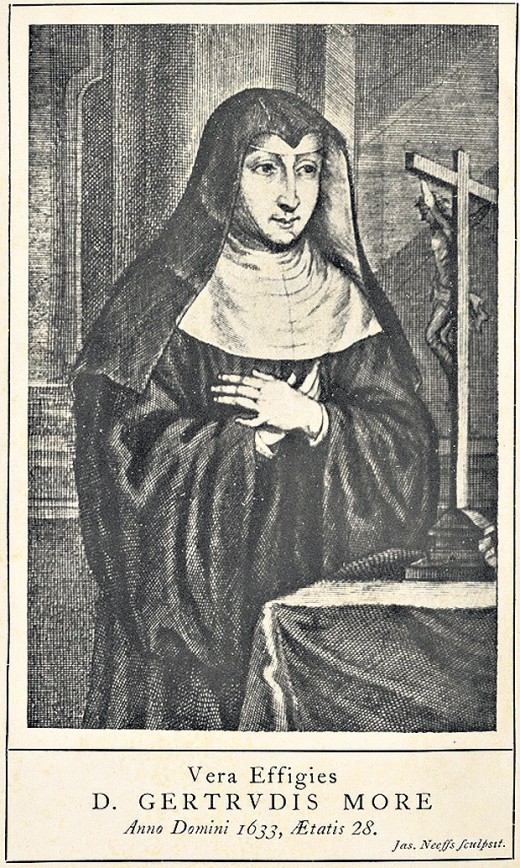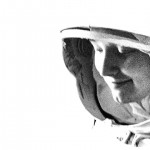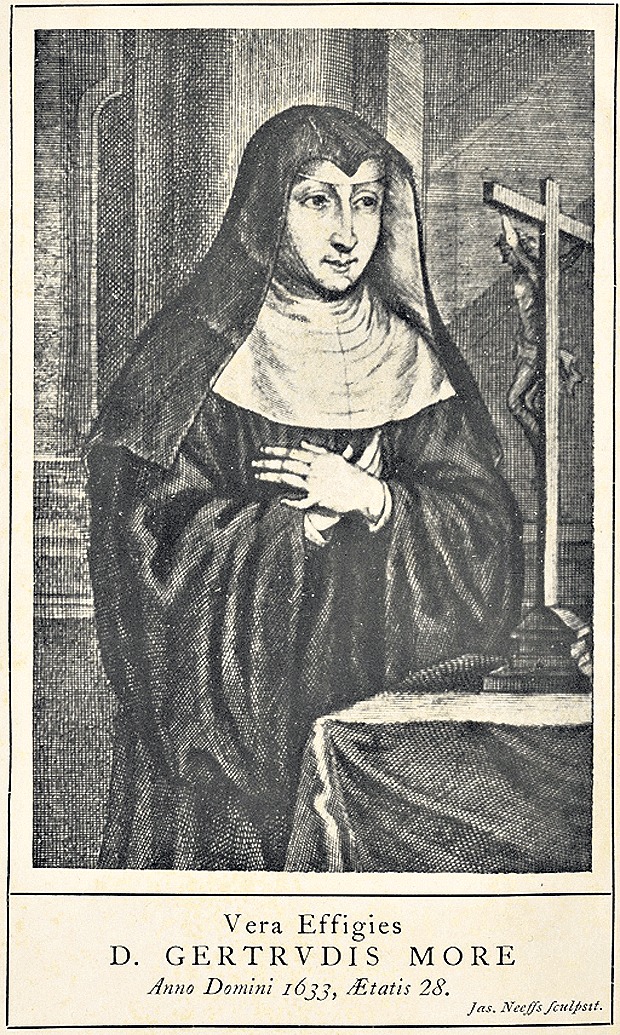girls building a library in exile
The impartial lifetime of English nuns in a time of persecution is reflected by way of their books

there is a e book with the sumptuous 17th-century title The Penitent Bandido, translated by using the pious cavaliero Sir Toby Matthew for Lucy Knatchbull. I haven’t read the e book, and i worry it will now not be as thrilling as it sounds, however I’m impressed through Lucy Knatchbull.
She used to be in her thirties on the time, having left her dwelling at Saltwood fort (the place bill Deedes used to be brought up 400 years later, and Alan Clark lived afterwards) aged 20 to enroll in the convent of Benedictine nuns in exile at Brussels. They couldn’t reside a convent lifestyles in England at the time because of the penal laws.
They, and convents of nuns like them, such as the Benedictines at Cambrai or the Augustinians in Paris, made their very own worlds, standing on their very own ft with out a enhance however their dowries and the surprising donations that windfall would possibly supply to reply to their prayers. It was once a life or demise scan within the exercise of authority by ladies, admirably a success in many locations for a whole bunch of years.

The life of girl Lucy Knatchbull, edited with the aid of Dom David Knowles and first printed in 1931
Books, for worship, devotion, instruction and game, have been very important to their life. A learn about of how nuns constructed up libraries in exile has simply been published via Caroline Bowden within the journal British Catholic history. (except now this had been known as Recusant historical past, a delightfully quirky title, adjusted after 64 years to one thing wider but extra accurate.)
The continuity of convent existence in exile is in Lucy Knatchbull’s community of Benedictines in Brussels, where a guide of Psalms bears the title of Margaret Curson, who used to be professed as a nun in 1612, and four names in succession take it all the way down to 1774, when Mary Ann Rayment was professed.
one of the most younger girls who set out to make a new lifestyles in another country had been inspired within the first place by way of a book. Mary Birkbeck, professed as a Carmelite at the age of 29 in the early 18th century, had been resulted in be a nun through studying St Francis de sales’s Introduction to the religious lifestyles.
Some convent libraries were remodeled by using the energies of the nuns themselves. At Cambrai, the Benedictine nuns realised that they had been fortunate in having as a chaplain that exceptional man Augustine Baker (1575-1641). He had made it his existence’s task to inspire psychological prayer as outlined in such English medieval texts as the Cloud of Unknowing and Walter Hilton’s Scale of Perfection. one of the vital in style books in Catholic communities and pious households for the next 400 years was Sancta Sophia, a posthumous assortment of Baker’s works edited with the aid of Serenus Cressy.
The vigorous religious apply at Cambrai gave upward push in 1670 to the first printed model of the works of Julian of Norwich (again, edited via Serenus Cressy). a group of spiritual workouts used to be written by way of Gertrude extra, a relation of the martyr Sir Thomas more. It was revealed after her death, aged simplest 26 (no longer the 28 given on the frontispiece). The book was once edited by means of Baker and Cressy and revealed in 1658. It was once, notes Dr Bowden, “among the many most widely discovered single texts found within the libraries of the English convent”.
The nuns used books additionally acquainted to Protestants again home in England, such because the Imitation of Christ by way of Thomas a Kempis. however the well-liked translation of The Imitation into English by means of Thomas Rogers in 1580 ignored guide four, on the Blessed Sacrament, and bowdlerised Catholic sentiments that may offend Protestant readers. In 1530, a translation had been made through a Bridgettine monk, Richard Whitford, however after its look in 1636, the translation by way of Thomas Carre (a pal of the poet Richard Crashaw and editor of his poems), who used to be chaplain to the Augustinian Canonesses in Paris, used to be got by using most convents, steadily in multiple copies.
Such books, and people they copied out via hand, sustained the exiled nuns except they needed to flee the French Revolution or have been in a position to come to England.
The independent life of English nuns in a time of persecution is reflected by using their books![]()
Telegraph Columnists: daily opinion, editorials and columns from our big name writers
(142)















